Cycling keeps you fit but are you doing enough to stay healthy?
It’s possible to be very fit in one specific way, for example being fast on a bike, while being unhealthy in other ways
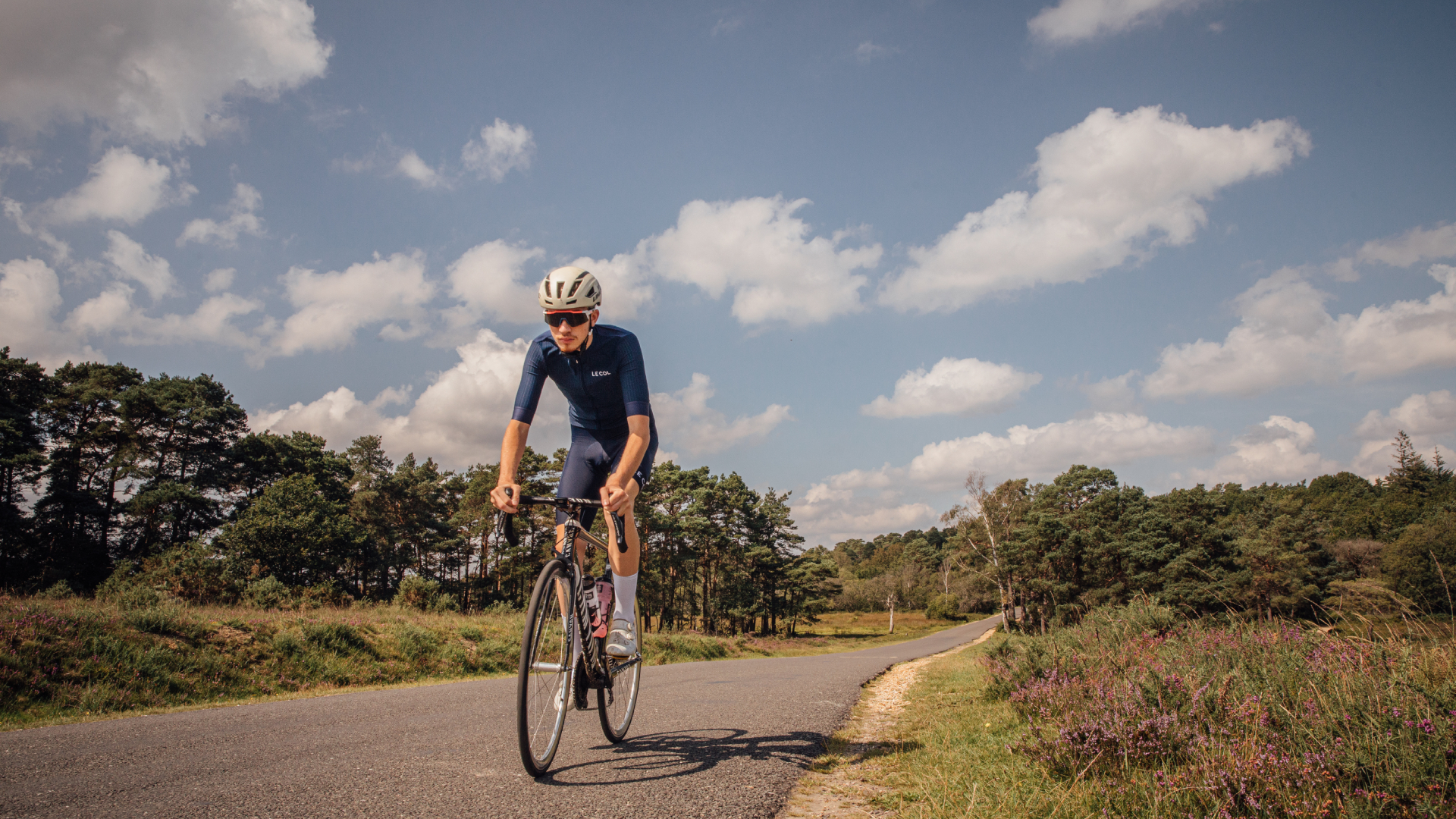
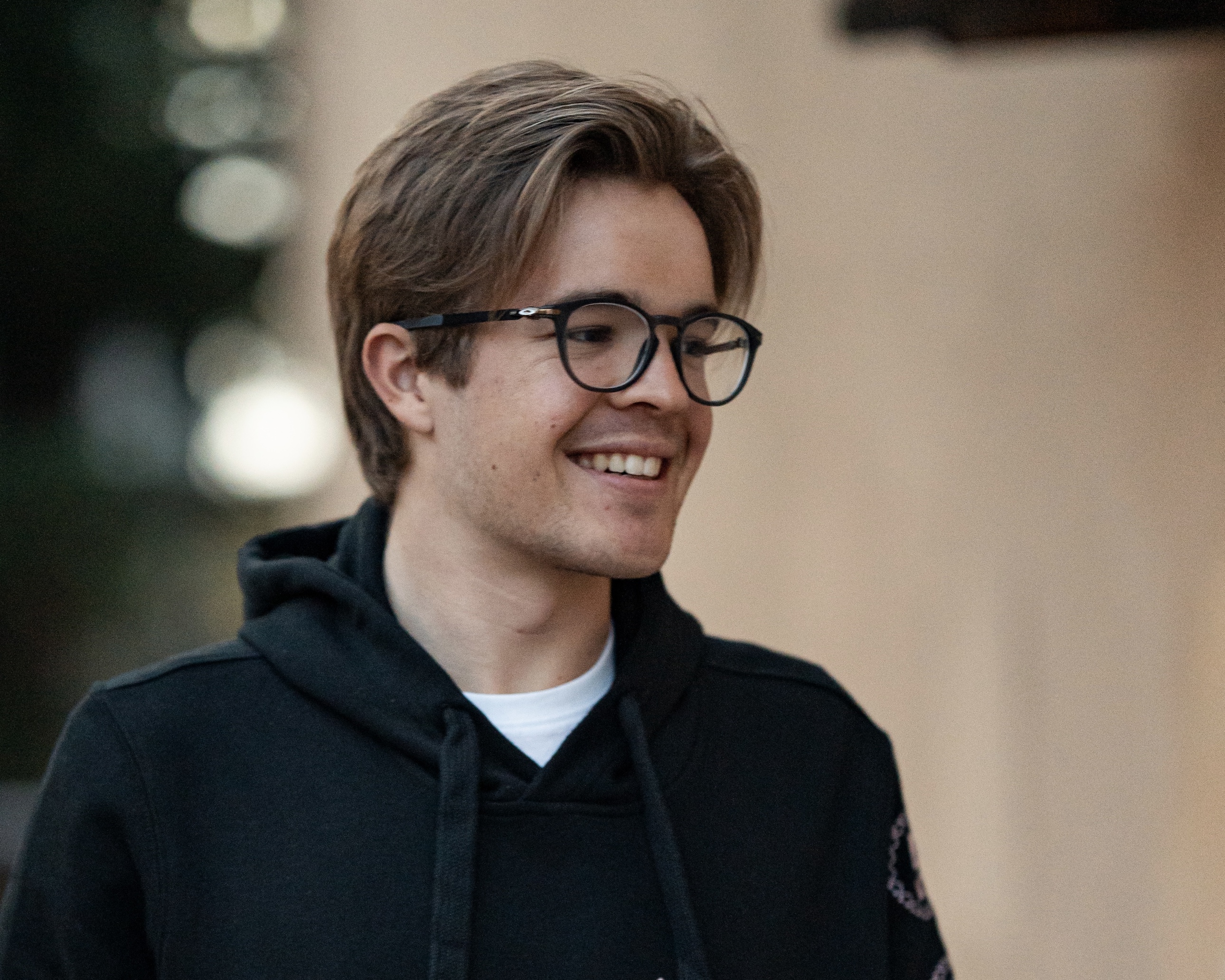
What is the price of success? Imagine you could achieve your ultimate cycling goal but knew that in doing so you would sacrifice your social life, compromise your mental health and possibly end up with brittle bones. Would it be worth it?
Research consistently shows that cycling is a hugely beneficial form of exercise, but public health guidelines also make it very clear that focusing solely on cardiovascular exercise is not enough as we grow older. If we’re one-track minded in our dedication to cycling over too many years, do we risk jeopardising our long-term health?
The words ‘fitness’ and ‘health’ are often used interchangeably, but that’s a mistake, as there are some key differences between the two. The official definition of health is a state of physical, mental and social well-being – much more than just the absence of disease. Fitness, on the other hand, is defined as the ability to perform aspects of sports, occupations and daily activities. It’s possible to be very fit in one specific way, for example being fast on a bike, while being unhealthy in other ways.
The UK Chief Medical Officers’ Physical Activity Guidelines, published in 2019, recommend that adults “accumulate at least 150 minutes of moderate intensity activity or 75 minutes of vigorous activity” every week. As cyclists we tick that box easily with just a couple of rides per week, particularly if we include a few brisk hills or intervals.
Aside from the headline benefits of cycling, riding a bike has been shown to improve posture and coordination while decreasing stress. Hitting these physical activity targets slashes the risk of Type-2 diabetes by 40%, cardiovascular disease by 35% and certain common cancers by 20%. Cycling is overall good for us, that much is clear.
Finding a balance
It’s not all green ticks, though. In addition to general physical activity, the UK medical chief’s guidelines recommend that adults undertake strength-building activities such as gym or yoga on two days each week. Thirdly, they recommend we work on balance skills twice a week, and finally we’re advised to minimise sedentary time. So if you’re a cyclist whose only weekly exercise is a few rides, with no strength work and no balance-building activities, while much of the rest of your time is spent sitting still, e.g. at a desk doing your job, then you’re falling short. In fact, you’re scoring only one out of three, judged against the guidelines.
One specific problem with having a cycling-only exercise schedule is that it increases the risk of low bone density. A systematic review published in 2012 found that “adult road cyclists participating in regular training have low bone mineral density in key regions.” Because cycling is a low-impact sport, it lacks the bone-building (osteogenic) benefits accrued in more jarring and load-bearing activities such as running, jumping and lifting weights. Over time, this may lead to weakened bones and an increased risk of fractures.
Get The Leadout Newsletter
The latest race content, interviews, features, reviews and expert buying guides, direct to your inbox!
Someone with first-hand experience of this issue is 47-year-old Chris McNamara, a cycling coach with decades of road racing experience. “I’ve raced at a good level for over 30 years and I’ve held an elite or first-category licence for most of that time,” he told me. “I’m a good example of what happens when you focus only on the bike. You can end up with very low bone density – I have osteoporosis in my spine and hips. If I’d started strength training earlier, I could have avoided it.”
I asked McNamara what he would advise to other riders. “If you want to be healthy and enjoy your old age, strength and cross-training is a must,” he said. “Throughout winter, try to do two quality strength sessions each week, then during the racing season, try to maintain the gains by strength training once every 10 days.”
Strength training is known to benefit cyclists on and off the bike – you won’t just be healthier off the bike, but faster on it too. “Start with some gentle running on a treadmill,” suggested McNamara, “and then strength exercises like squats, Bulgarian split squats, and deadlifts – around the seven to 10 rep range. It doesn’t need to be too complicated.”
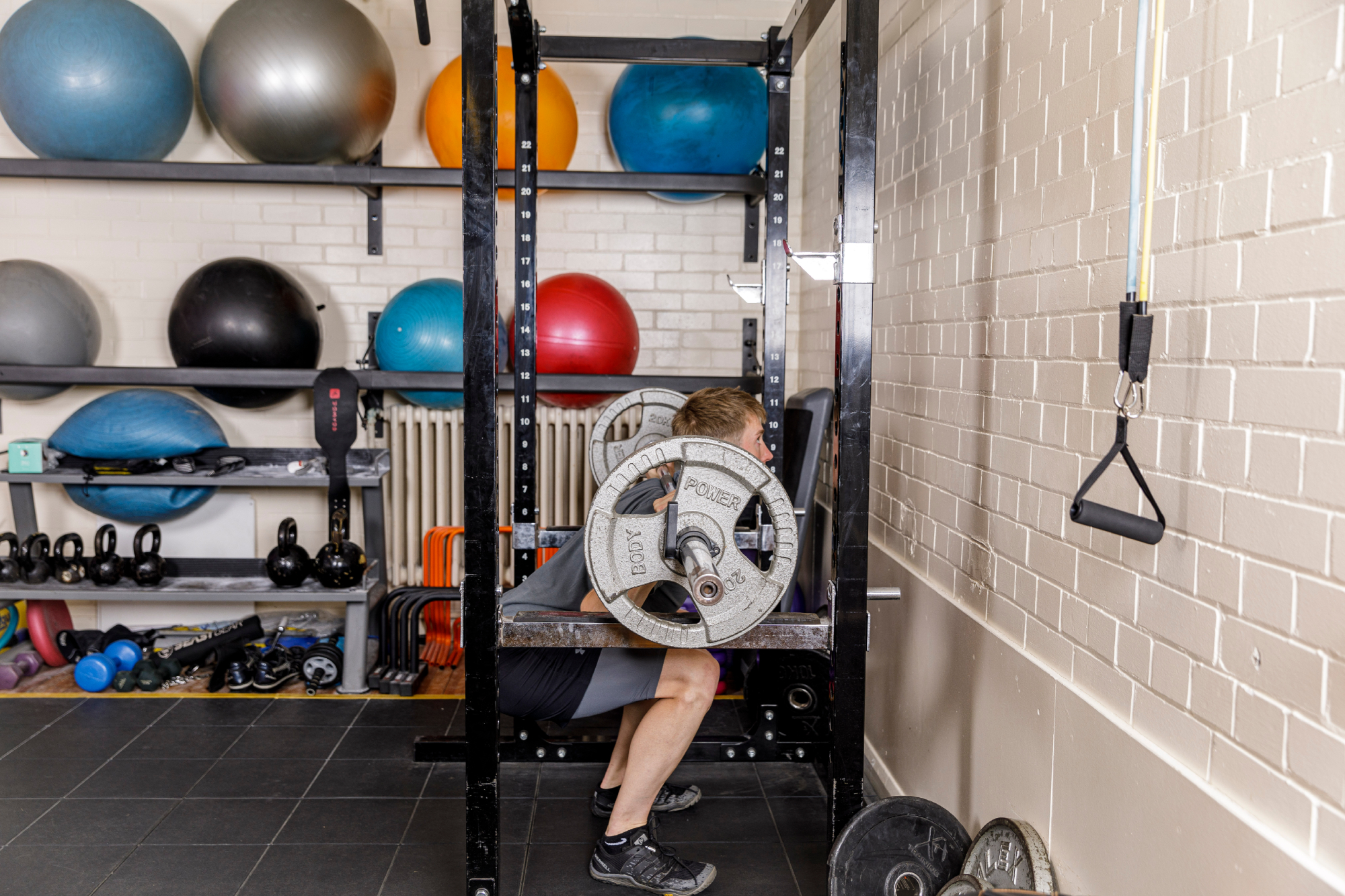
As we get older, our muscle mass and strength declines, putting us at greater risk of injuries, falls and frailty, but research has shown that regular strength training is highly effective in counteracting this process. It’s a point underscored in the updated government guidelines: “The 2011 recommendations on strengthening activities were [not] given the merit they deserve. In adults and older adults, they help to maintain strength and delay the natural decline in muscle mass and bone density which occurs from around 50 years of age.”
Happiness and health
Another risk from performance-fixated cycling is overtraining. Professor Chris Oliver, a retired orthopaedic surgeon (@CyclingSurgeon on Twitter), believes this is a danger often overlooked by amateur riders – even those who are medically trained. “Too much exercise can be dangerous,” he told me. “I’ve seen colleagues overtraining while balancing a full-time job and ending up physically and mentally ill. If exercise becomes a compulsion, like something you have to do, you can get sucked in and find yourself unable to stop.”
Speaking to Oliver made me aware – perhaps for the first time – that happiness is a fundamental part of health, even though it’s rarely talked about. Being excessively committed to cycling can lead to overtraining, poor sleep, dark moods and even depression. Those of us with ambitious competitive goals are especially prone to this type of negative spiral. If cycling is no longer fun, it’s time to take a step back.
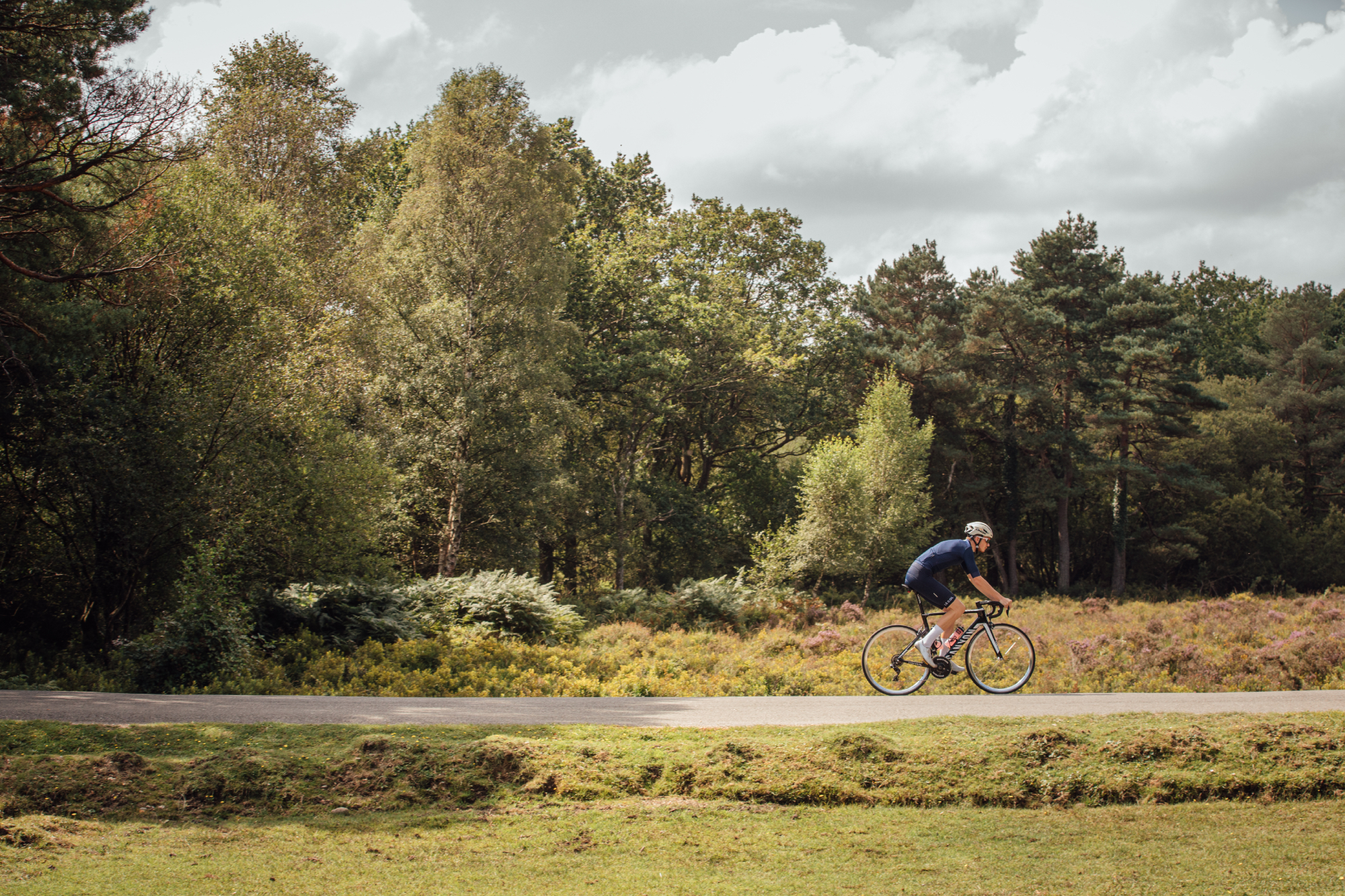
For most of us, of course, on the bike is our happy place. And we’re happier still when we’re riding with friends. Maintaining social connections has proven health benefits, and nothing beats turning up to the local club ride and chatting to riders of all ages and backgrounds. This side of our sport is too often overlooked, but if I consider just one example, my local scene in Grimsby, there are group rides that have been meeting at the same time and place for decades. Continuity and ritual gives our lives meaning and keeps us smiling.
Staying balanced
There is great importance placed on balance in the government guidelines, which like strength gets ever more important as we age. Poor balance is known to predict a higher rate of cognitive decline and higher all-cause mortality, so it really does matter. It’s ironic, given that the challenge of learning to ride a bike is balance, that cycling doesn’t help us stay firmly planted on our feet later in life – whereas other activities such as tennis or yoga greatly help with coordination and balance.
Balance training is defined as “a combination of movements that challenge balance and reduce the likelihood of falling.” Everyone, according to the guidelines, should complete balance training at least twice per week. This can be even embedded into everyday activities. Very simple examples include balancing on one foot (aiming for at least 15 seconds), standing up from a seated position without using your hands, or walking in a straight line, heel to toe, for a short distance.
The fourth health pillar from the Chief Medical Officer is to “minimise sedentary time”. Presumably this is aimed principally at those of us who have desk jobs, requiring us to sit at a screen for multiple hours every weekday. Keeping still is regarded as the best form of recovery by many cyclists. In fact, it has become a well-known mantra: “Never stand up when you can sit down, and never sit down when you can lie down.” Oliver believes this is nonsense. “It’s very silly, and I wouldn’t agree with it at all,” he said. “You should be as active as you can, even 10 minutes of physical activity is better than none.” The former medic draws attention to the importance of “physical literacy”, which means having an informed grasp of how physical activity influences health. Being well versed in cycling fitness is not necessarily the same as being physically literate in the holistic sense.
Fitness at a cost
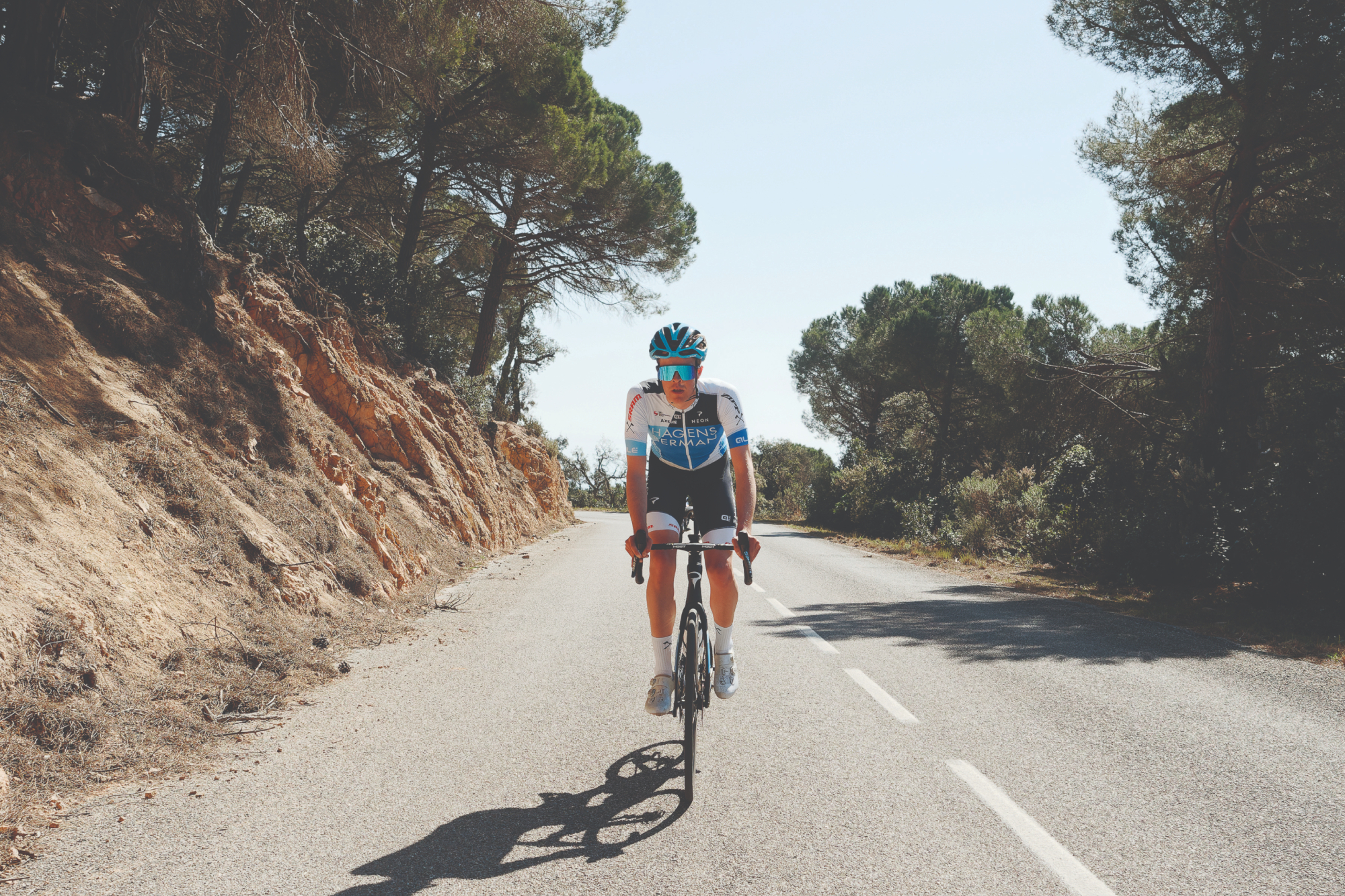
Researching this feature made me reconsider my own relationship to exercise, health and performance. While racing professionally, cycling made me extremely fit, but I’m now certain that it also had an adverse impact on my health. I’d go further and argue that a significant proportion of pro cyclists compromise their health during periods of intense training and racing. When training as hard as possible, the immune system is often suppressed and you are on the verge of becoming sick. Meanwhile, maintaining a very low body fat percentage is a fine balancing act, leaving little in reserve and putting mental health under strain – eating problems are rife.
I remember doing BMI tests and hoping that I’d be classed as “unhealthy” – as proof I’d taken my job seriously. In my best climbing form two years ago, I weighed 63.9kg. That’s a full 10% lighter than I am today. Almost as soon as my body weight hit that low point, I got sick, which effectively put me out of competition for two months. It is well understood now that inadequate fuelling leads to relative energy deficiency (RED-S), which disrupts hormone levels and is a key risk factor for low bone density.
There is a tendency in cycling to work hard and play hard. A study published last year in Medicine & Science in Sports & Exercise found that men with high fitness levels were 63% more likely to consume moderate to heavy amounts of alcohol compared to men with low fitness. This is certainly true among pro riders during the off-season, and something I can attest to. I live 48 weeks of the year trying to be the best athlete possible, and spend my four weeks of off-season partying. Is that healthy? I’m not too sure.
Targeting good health
At whatever level of the sport you take part in, cycling is good both for your fitness and your health. Its positive impacts far outweigh any negatives, maintaining your cardiovascular fitness as well as your mental health – but that’s not to pretend that cycling is a silver bullet. Sure, the government guidelines are first and foremost intended as a shot in the arm for people currently doing very little exercise, but they also highlight an important fact for all of us: staying healthy isn’t all about cardiovascular function or sport-specific fitness. Adding in workouts that benefit both strength and balance become more and more important as you age. And getting into good habits while you’re still young or middle-aged will certainly benefit you in later life.
Cycling is a great way to keep you fit but lacks certain stimuli needed to keep you all-over healthy in the holistic sense. Add in a couple of targeted, time-efficient workouts each week to tick those boxes and you’ll be healthier, happy and fitter into old age.
Strength and conditioning coach’s view

Jacob James is an S&C coach with 10 years of competitive racing experience across all cycling disciplines.
When I was cycling, I had the mindset that any off-bike training was a waste of time. Now I’m paying the price. It is generally the purebred endurance sports that could do with the most strength-conditioning help. Cyclo-cross is a mixed sport when compared to stage racing, and so a cyclo-cross racer is generally more robust and can handle day-to-day ills and spills better than pure endurance riders.
I’ve found that it’s hard to get some athletes to buy into training that’s not on the bike, even though it’s going to help them perform on the bike. The strength industry is very muddy and there is a lot of misinformation out there. One easy heuristic is KISS: Keep it Simple Stupid. Divvying up a small fraction of your week to general strength won’t benefit just your sport but your quality of life too. Following a very simple progressive overload [gradually increasing weight, frequency or numbers of repetitions], do some kind of squat, some hinge, some push and some pull. Keeping it simple is the key.
Anything more than two or three sessions per week is at the point of diminishing returns. Turning up for one hour, twice a week, you can get good, positive training effects. I highly recommend continuing strength training through the year to maintain winter gains.
There is a certain psychology to strength training and going to a gym can be a big culture shock. There is no use in comparing your ‘chapter one’ to someone else’s Chapter 30. You have to remind yourself why you are there. Finding the right gym for you can have a huge impact on whether you complete the training.
Veteran champion’s view: ‘Want to go on for longer? Train for health’
National masters champion in multiple categories, 66-year-old Dave Robinson from Grimsby, Lincolnshire, tells CW how he has stayed fit and healthy as he’s grown older.
I was a runner first, but realised that I was going to end up with a lot of injuries so decided to change to cycling while it was still in my control. As you become older, you become mindful that if you sustain any injury, it will take longer to heal. I think this alone makes you preempt any injuries and do things to help your overall health which should keep me on the bike for longer.
For the past 30 years I’ve done circuit training, and continuing to do that in winter alongside my bike training definitely helps my overall health. It allows me to develop muscles that cyclists don’t usually use. I’m conscious of my age, so I have been doing activities that put load onto my body and aid bone density. Funnily enough, recently I’ve really noticed the difference from doing less circuit training than usual. By not doing that core training, for the first time in as long as I can remember, I’ve been suffering with some back pain.
I’ve noticed as I’ve aged that over-the-top training takes longer to recover from. This means that I’m more cautious with my rest days now, mindful of my health. I no longer let myself train as hard as I can every day.
This full version of this article was published in the 16 February print edition of Cycling Weekly. Subscribe online and get the magazine delivered direct to your door every week.

Thank you for reading 20 articles this month* Join now for unlimited access
Enjoy your first month for just £1 / $1 / €1
*Read 5 free articles per month without a subscription

Join now for unlimited access
Try first month for just £1 / $1 / €1

Joe Laverick is a professional cyclist and freelance writer. Hailing from Grimsby but now living in Girona, Joe swapped his first love of football for two wheels in 2014 – the consequence of which has, he jokes, been spiralling out of control ever since. Proud of never having had a "proper job", Joe is aiming to keep it that way for as long as possible. He is also an unapologetic coffee snob.
-
 A bike rack with an app? Wahoo’s latest, and a hub silencer – Sea Otter Classic tech highlights, Part 2
A bike rack with an app? Wahoo’s latest, and a hub silencer – Sea Otter Classic tech highlights, Part 2A few standout pieces of gear from North America's biggest bike gathering
By Anne-Marije Rook
-
 Cycling's riders need more protection from mindless 'fans' at races to avoid another Mathieu van der Poel Paris-Roubaix bottle incident
Cycling's riders need more protection from mindless 'fans' at races to avoid another Mathieu van der Poel Paris-Roubaix bottle incidentCycling's authorities must do everything within their power to prevent spectators from assaulting riders
By Tom Thewlis